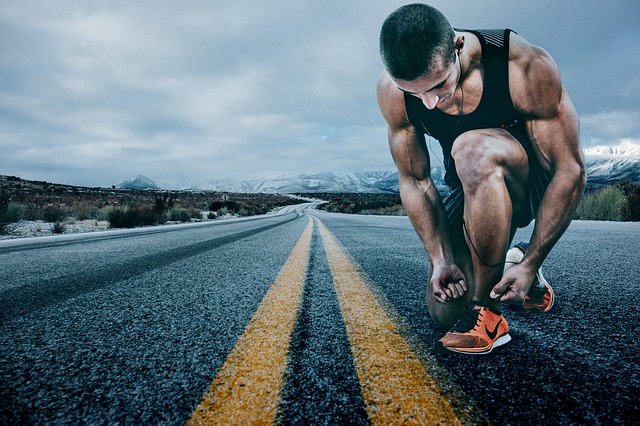The key component to more efficient running and avoiding most injuries is improving on landing softly. Not exactly groundbreaking advice but how does one go about learning to absorb contact more effectively?
Photo by Mārtiņš Zemlickis on Unsplash
First thing to address is technique. Landing hard on your heel is often due to over-striding instead of landing with the foot underneath your hip. Butt-kicks mimic where your foot shot be landing, when you're warming up perform a few meters of butt-kicks before resuming your regular stride.
Second would be posture. You want to maintain a slight forward lean which will in turn aide in your ability to use gravity to land more mid-foot. I always think hips high and run tall. I would be remiss if I didn't mention not everyone likes to run with a forefoot landing, preferring a heel landing, which still doesn't change the focus of today's topic of "landing softly". Many elite long distance runners are heel to toe type runners, so you have to find what sort of stride works bests for you.
Often heard advice on running faster is increasing cadence, or stride frequency, but if you're plodding along loudly like a hungry dog the only thing that's going to increase are hip, knee and ankle issues.
The final thing I would address is strength training protocol. Are you performing any type of jump training? It's important to focus on absorbing contact just as much as it is in learning how to produce more of it.
Here is a Depth Jump progression that can help you start running
Depth Drop
- Teaches you how to land properly and absorb the impact.
- The mechanics are similar to squatting, I would not have a client perform any type of plyometric work until they can properly demonstrate a basic understanding of the squat.
Depth Jump
- Like the depth drop, upon landing immediately dip back down and explode up.
- Focus on landing softly.
Single Leg Depth Jump
- Stepping off a 12 inch box, landing softly with both feet.
- Using only one leg, dip down and jump straight up. Land softly and repeat. This time by jumping off the other foot upon landing.
Depth Broad Jump
- Step off a 12 inch box, landing softly and immediately performing a broad jump.
- Focus on using the hips, full extending, and once again land softly.
Ice Skater & Bounding
- Ice skater focuses on lateral absorption and power development.
- Motion needs to occur from the hips, land softly. As competency increases, so can speed of the movement.
- Bounding is a forward motion, great for working on timing, footwork, and linear power development.
Give these a try and see how it might improve your ability to run faster, run longer and stay injury free.






